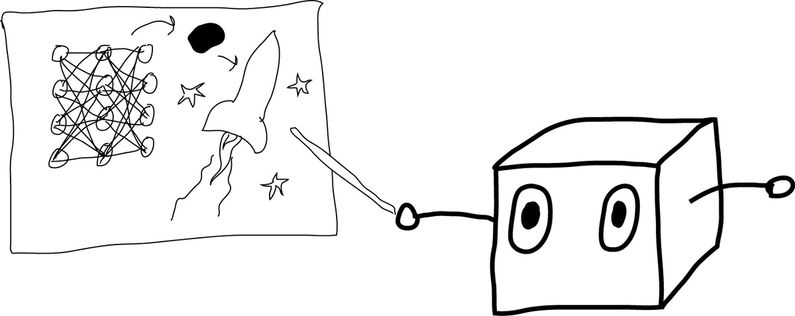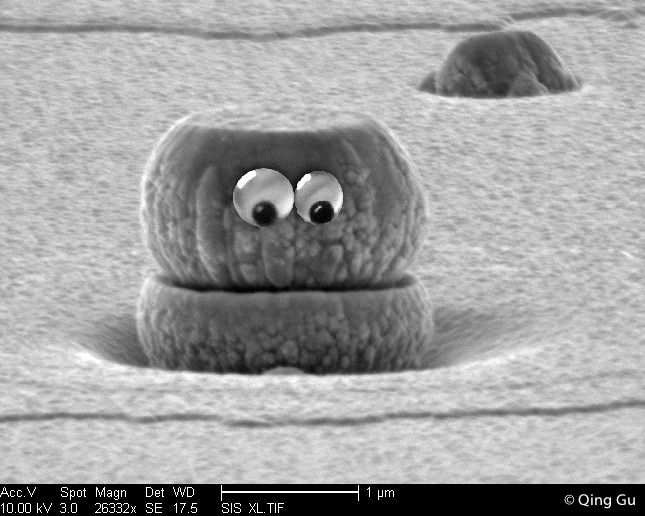There are a lot of strange courses that make it into a college course catalog.
What would artificial intelligence make of them?
I train machine learning programs called neural networks to try to imitate human
things - human things they are absolutely are not prepared to understand. I’ve
trained










